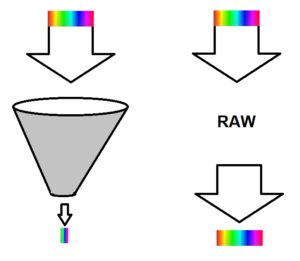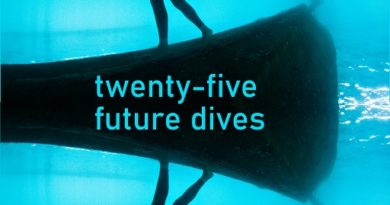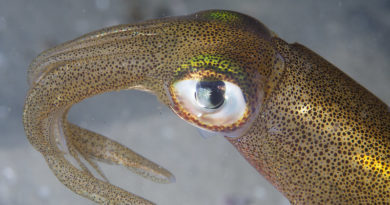Going Video II
Recently, after several years of concentrating on still photography underwater, I have ventured a bit into video. Some skills transfer very well from stills to video – like the diving skills involved in approaching marine animals. Other things are quite different. The post processing of video needs different software, skills and concepts. My mate Peter Lightowler from Down Under Aquatic Video (DUAI), located, unsurprisingly, down under in Sydney, ‘Straya, gave me some advice.
Me: What do I as a photographer have to understand when I start to process video?
Peter: Video is much more intensive for the computer to handle because with a photo it is one still frame, a video is 25 still frames per second so any correction needs to be processed 25 times per second, that really bogs down your computer.
Video is a totally different beast for colour grading too, there are so many variations of compression to deal with.
You are most likely recording photos in RAW right? Raw video is the stuff of high end cinema cameras, in the vicinity of $50k so the compression that your camera is forcing on to your video file is actually throwing away probably 75% of the information the camera is actually seeing.
That is why you are not getting the same results because of the cameras compression in video mode.
It is recording in MP4 or H.264 which is the worst compression, being an 8bit 420 colour space so the camera is only recording about 25% of the colour that the sensor is actually seeing.
Unfortunately we are more susceptible to changes in green so camera manufacturers give the sensor more green pixels, few blue pixels and very little red pixels, which means underwater we have big issues losing red at 3 metres and then very little red inside the sensor to overcome this issue.
It all has to do with compression! When you have 40 minutes have a watch of this, it is a very good explanation of what you are dealing with inside the camera.
Me: many thanks for the useful information!!!
The way I understand the issue is that while for a still photograph shot in RAW mode all information about the light reaching the camera sensor is stored, it can not be saved in the case of video, simply due to storage space issues. The program running on the camera hence has to throw a lot of data away before saving the frames. There is an information funnel.

So it’s much more important to get it right in first place with video. I would NEVER use a red filter when shooting photographs, and would not bother with adjusting the white balance of the camera – it’s easy to do that afterwards, on my laptop.But that’s NOT the case with video. If I don’t see the right amount of red on my screen while filming, the compression most likely threw it away right there and then.
Here are a couple of my new videos, not ideally lit to begin with, and edited by Peter.


